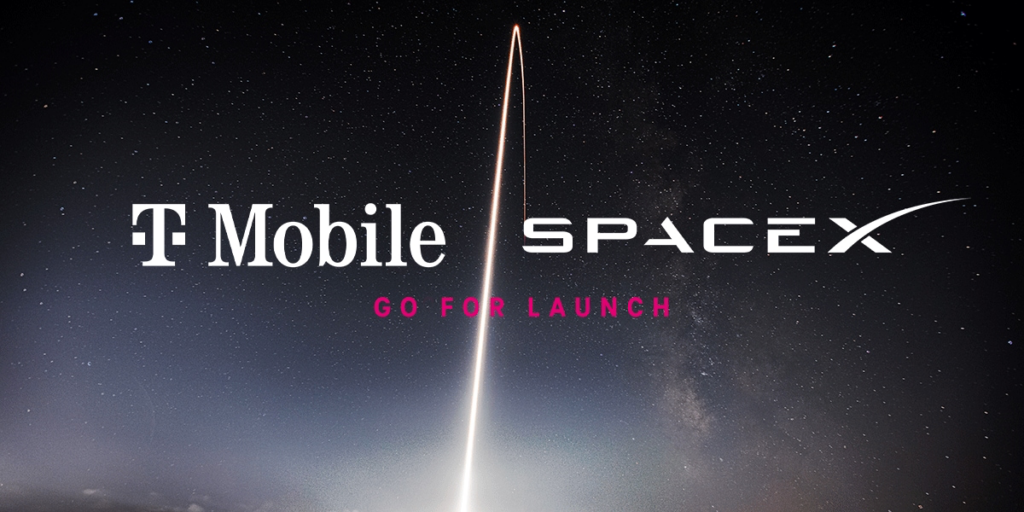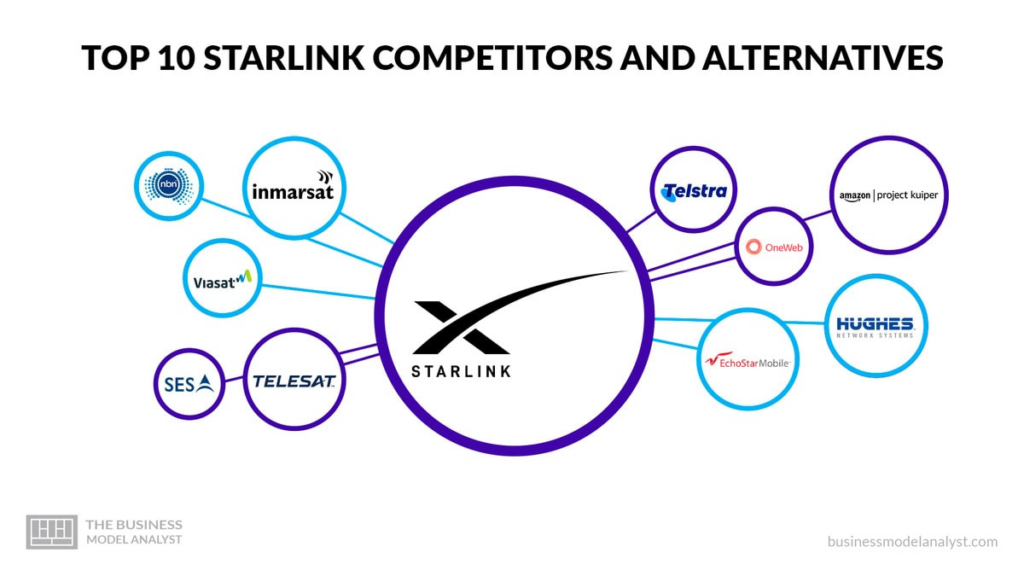Starlink, SpaceX’s satellite internet service, continues to evolve with new pricing strategies, expanded testing, and growing competition. Recent updates include price adjustments for its “Roam” plan, successful emergency alert tests with T-Mobile, and emerging competitors in the satellite communication market. These changes reflect SpaceX’s efforts to balance affordability and service quality while preparing for increased competition in the satellite internet industry.
What’s Happening & Why This Matters
Price Changes and New Features for Starlink Plans
SpaceX has increased the monthly fee for its Starlink Roam plan in the US from $150 to $165, now branded as “Roam Unlimited.” Despite the higher cost, the updated plan offers several new features, such as supporting in-motion use for vehicles traveling up to 100 miles per hour, a significant jump from the previous 10mph limit. The plan also allows subscribers to use Starlink services internationally in supported countries for up to two months, including coastal waters up to 12 nautical miles from shore.
Some users, however, are not pleased with the price hike. On social media, they expressed frustration over paying more for features they do not use. Others are considering switching to the less expensive Starlink residential plan, which costs $120 per month but is limited to a single address.

SpaceX has also introduced a more affordable “Roam 50GB” plan at $50 per month, which caps data at 50GB. Previously, this option was only available to customers using the Starlink Mini dish. Meanwhile, the “global roam” plan’s cost was doubled to $400 a month in May due to some users exploiting it to access Starlink in unsupported markets. The company has since stopped offering the global roam plan to new customers.
T-Mobile Tests Emergency Alerts via Starlink Satellites
T-Mobile has successfully tested the use of SpaceX’s Starlink satellites to send emergency alerts directly to phones. The test demonstrated the capability of Starlink’s satellite network to deliver emergency evacuation notices without relying on traditional cell towers. The alert was beamed 217 miles into space, received by one of the 175 Starlink satellites, and then transmitted to a T-Mobile smartphone on the ground.
Both SpaceX and T-Mobile have been lobbying the FCC to approve the satellites for commercial operations. If successful, this capability could provide critical emergency services to areas that are currently underserved by existing networks.

FCC Pushes for More Competition in Satellite Internet
Jessica Rosenworcel, US FCC Chairwoman, recently urged for more competition in the satellite internet market, referring to Starlink as an emerging monopoly. She emphasized that competition leads to lower prices and more innovation, and noted that Starlink controls a vast majority of the satellites in low-Earth orbit and handles a significant share of internet traffic.
While Starlink’s dominance has brought high-speed internet to underserved areas, there is a push to introduce more players into the market. Amazon’s Project Kuiper, for instance, aims to compete with its own fleet of low-Earth orbiting satellites, although its first launch is not scheduled until later this year. Another competitor, AST SpaceMobile, plans to launch its own commercial satellites soon, focusing on providing high-speed satellite communication directly to smartphones.

Environmental Concerns
SpaceX is also under scrutiny for its environmental impact. Recent delays in the next Starship launch have been attributed to ongoing environmental reviews by U.S. agencies. SpaceX has criticized these delays, claiming they slow down progress. At the same time, the company faces allegations of environmental violations, which it has denied.
TF Summary: What’s Next?
As SpaceX continually adjusts its Starlink service offerings and expands capabilities, it faces both opportunities and challenges. The company is balancing user demands for affordable pricing with its need to fund ongoing improvements and innovations. Meanwhile, increasing competition in the satellite internet sector, driven by regulatory pressure and new market entrants, shape the future marketplace. For consumers, this means more choices and potentially better services as new players gain entry.
— Text-to-Speech (TTS) provided by gspeech


